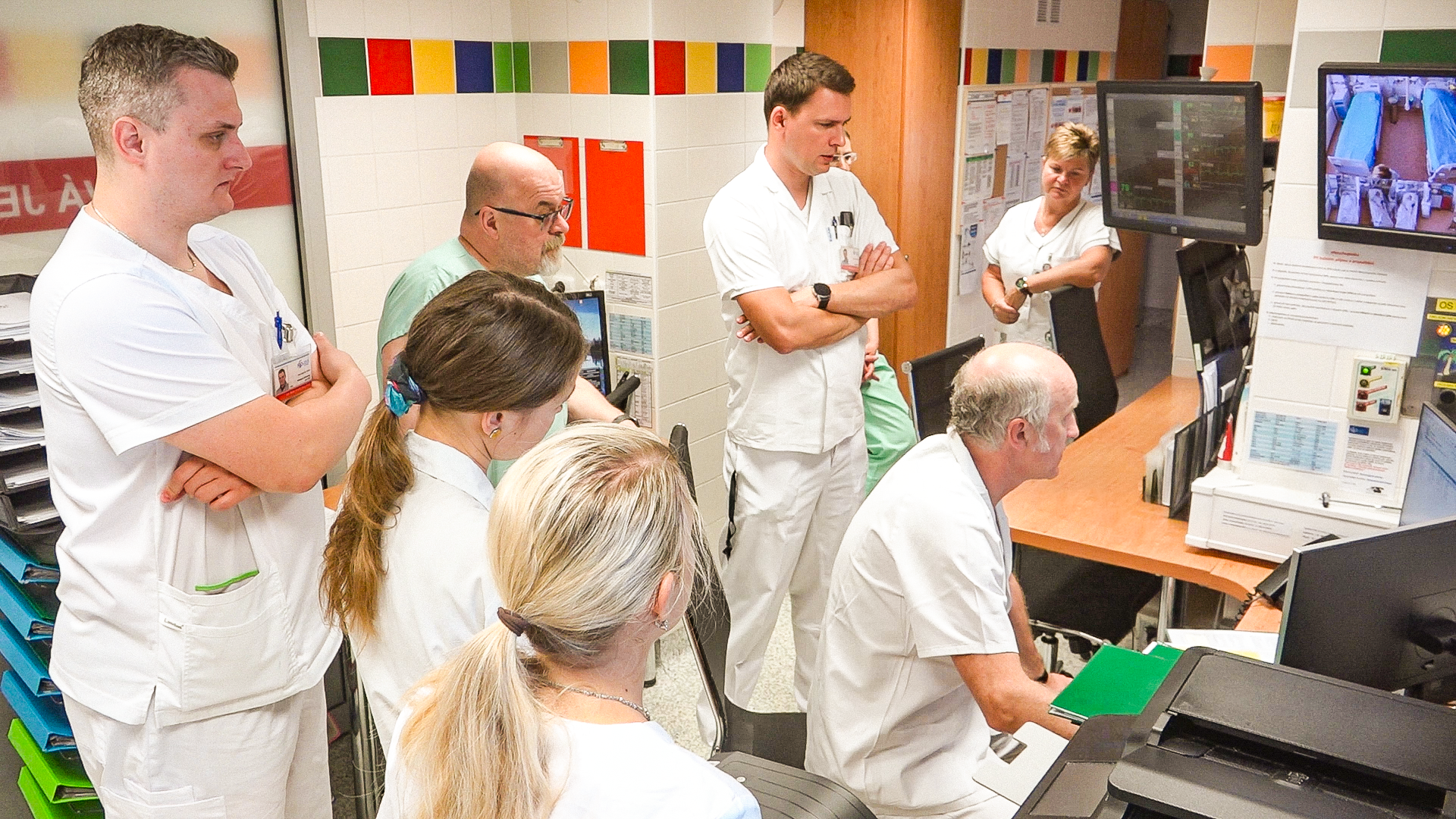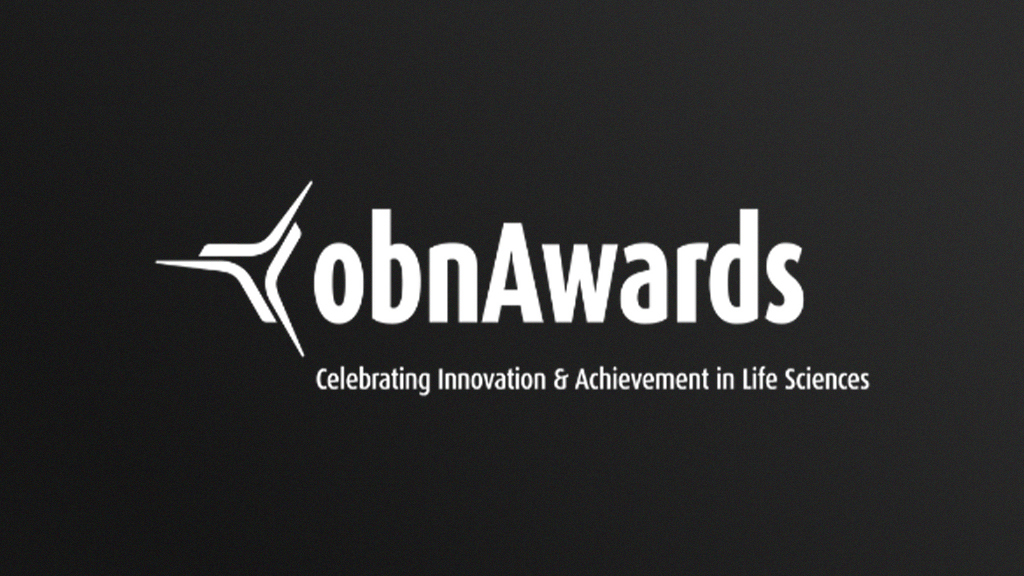
For the past five years, University Hospital Ostrava's stroke centre has integrated Brainomix 360, a cutting-edge AI tool, into its clinical practice. This software has revolutionized stroke diagnosis and treatment, significantly enhancing patient care. Dr. Ondrej Volny, neurologist and vice-chair for research at UHO shares insights into the impact of this technology on patient outcomes, clinical workflows, and the challenges faced during integration.
Transforming Stroke Care with AI
Dr. Volny highlights the transformative impact of Brainomix 360 on the stroke care process in Ostrava. “The Brainomix 360 software provides immense value and clinical benefits in several ways. Firstly, it speeds up the diagnosis process, allowing for quicker treatment decisions, which is critical in stroke care.” Time is crucial in stroke treatment, and Brainomix 360’s ability to quickly and accurately assist in identifying ischemic areas has proven to be a useful tool.
“Early and accurate identification of ischemic areas and hemorrhages improves patient outcomes by enabling timely interventions,” Dr. Volny explains. The precision offered by Brainomix 360 not only accelerates the decision-making process but also reduces the likelihood of human error, ensuring that no critical details are missed. “This leads to better-informed treatment plans and contributes to improved patient outcomes,” he adds. The integration of AI has streamlined workflows, increased efficiency, and elevated the standard of care provided to patients in Ostrava.
Patient Engagement and Satisfaction
Since the implementation of Brainomix 360, Dr. Volny has observed a positive shift in patient engagement and satisfaction. “Patients and their families appreciate the prompt and accurate diagnosis, which reduces anxiety and uncertainty during a critical time,” he notes.
Dr. Volny points out that the software’s impact goes beyond assisting the diagnosis. “The quicker initiation of appropriate treatments often leads to better outcomes, which naturally increases patient satisfaction,” he says. The improved clarity in communication and the rapid response in treatment have made a significant difference in how patients experience their care.
Challenges in Integration
Integrating Brainomix 360 into clinical practice has not been without its challenges. “One of the initial hurdles was ensuring that all team members were adequately trained to use the software effectively,” Dr. Volny recalls. This required dedicated time for training sessions and practice, which was essential to ensure the team could fully leverage the software’s capabilities.
Technical challenges also arose when integrating the tool with the hospital’s existing IT infrastructure. “This necessitated collaboration between the neurology department, radiology department, IT department, and the Brainomix support team,” he explains. Additionally, the team had to address concerns about data security and patient privacy, ensuring compliance with all relevant regulations. Despite these challenges, Dr. Volny is clear that “the overall transition has been smooth, and the benefits we've seen in patient care far outweigh the initial obstacles.”
Innovative Features of Brainomix 360
Dr. Volny particularly appreciates several features of Brainomix 360 that have proven invaluable in clinical practice. “One is its advanced image analysis capabilities, which provide prompt and highly accurate detection of ischemic and hemorrhagic strokes,” he says. This feature significantly enhances diagnostic precision and speeds up the decision-making process, both of which are critical in stroke care.
Another feature that Dr. Volny finds useful is the software’s ability to automatically generate reports. “These reports can be easily shared with the medical team, ensuring seamless communication and collaboration,” he notes. The ability to quickly produce and distribute these detailed reports has improved team coordination and overall patient care.
Aligning with Ostrava's Stroke Care Strategy
Brainomix 360 aligns perfectly with Ostrava’s broader strategy for stroke care, which prioritizes providing the highest quality treatment in the most efficient manner. “As the only comprehensive (tertiary) stroke center in the region, serving a population of approximately 1.6 million people, we are committed to leveraging cutting-edge technology to enhance patient outcomes after stroke,” Dr. Volny emphasizes.
The AI-driven capabilities of Brainomix 360 support this mission by enabling fast, accurate diagnoses and facilitating timely, effective interventions. “It definitely helps us maintain our leadership in stroke care,” Dr. Volny adds. By integrating Brainomix 360, Ostrava continues to lead the way in stroke care, offering top-tier treatment to patients across the region.
Over the past five years, Brainomix 360 has become an indispensable part of stroke care in Ostrava. The software has improved the speed and accuracy of stroke diagnosis, enhanced patient satisfaction, and aligned seamlessly with the hospital’s strategic goals. Despite the initial challenges faced during integration, the benefits of adopting this AI technology have been substantial. “The benefits we've seen in patient care far outweigh the initial obstacles,” Dr. Volny concludes.
As Ostrava continues to lead in stroke care, Brainomix 360 will remain a crucial tool in their mission to provide the highest quality care. The experience in Ostrava serves as a powerful example of how AI can enhance medical practice, improving both the efficiency of healthcare providers and the lives of patients.















